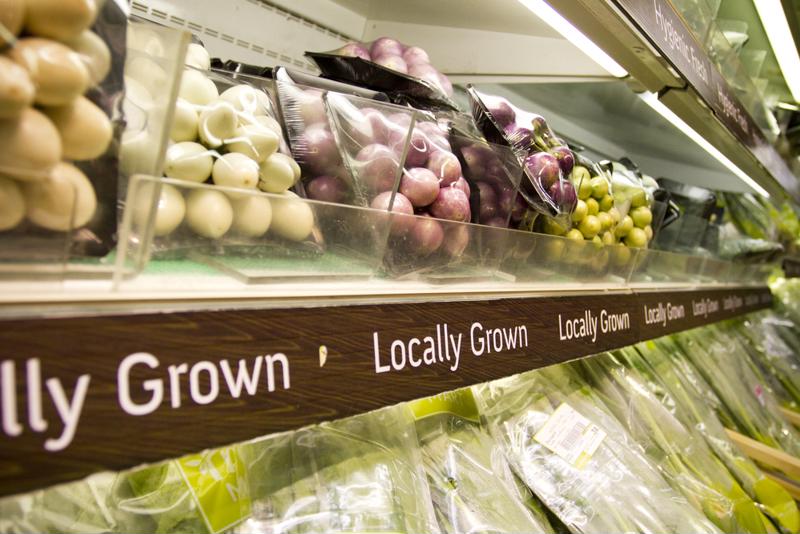
For the average family, buying groceries for the week can be hard enough on its own, but with food allergies thrown into the mix, the task could become a seriously tall order. That's easy to understand considering grocery shopping combines many common and complex anxieties into one: We want to save money but also make healthy food choices, but it's hard to understand where exactly that balance lies. And we often need to juggle this dilemma while we are pressed for time, prompting many to rush through the process.
To be an efficient yet mindful shopper takes an extra dose of patience and careful planning, but is rewarded through financial savings and more healthy eating for the whole family.
Read the labels
If you're a regular grocery shopper and you don't give much thought to food labels, you might want to change that habit. Food and beverage companies are required by law to include specific nutritional information on product packaging in a standard format. But the USDA noted that more of these companies are now filling boxes with nutritional information that is promotional, some of which warrants skepticism.
For example, there are a number of exceptions to food labeling rules that could allow packages to mislead consumers, as described below:
- Many products now specify that they contain "no trans fat," referring to a type of fat that is considered more unhealthy. But according to FDA regulations, a product can contain up to half a gram of trans fat per serving and still legally proclaim it contains "no trans fat." Instead, refer to the ingredients list and check for anything that mentions partially hydrogenated oils, a primary source of trans fat in foods.
- When a product is labeled as "natural," it might not mean what you think. While consumers tend to associated the word with organic foods without artificial ingredients or colors, foods made without pesticides or foods without genetically modified ingredients, none of these are part of the FDA's regulations. Instead, the FDA mandates that foods labeled "natural" must only be free of ingredients "that would not normally be expected in that food." This obviously leaves plenty of room for interpretation.
- Grocery store aisles are filled with products labeled as "low fat," but does this really impact nutritional outcomes? According to some studies, products with a "low fat" label usually contain the same number of calories per serving as their "full fat" counterpart. In addition, many consumers actually eat more of the low fat products than the normal version, ostensibly due to the belief that it is healthier. That could mean they are actually consuming more fat and calories than if they had stuck with the standard version.
- People with certain dietary restrictions – either due to an allergy or voluntary choices – are often warned that their diet does not contain enough protein. But in reality, the average American adult consumes around 100 grams of protein per day, two times more than the recommended amount according to the Institute of Medicine. This has several implications: For one, people who abstain from eating animal products are probably meeting their protein goals as long as they consume a balanced diet. Moreover, it appears to suggest too many Americans are eating excessive amounts of meat, which are high in calories and fat, with the belief that they are at least benefiting from greater protein consumption. For most people, consuming more protein this way involves risks that outweigh the benefits.

Staying focused and mindful
Perhaps all of this information only makes you more worried about making the right choices before you reach the checkout line. To help with that, mindfulness teacher Donald Altman explained to The New York Times how shoppers could take advantage of the principles of mindfulness meditation to stay sane and focused while making healthy grocery choices.
"Plan your trip in advance. Knowing what you need at the store can help you avoid unwanted distractions. It can also help curb any spontaneous desires that might come up while wandering the desserts aisle. Take two or three deep breaths before going into the store. The grocery store can be an overwhelming place. Even as you confront the sights, smells and sounds inside, deep breathing can help you stay more present. As you shop, be sure to experience the store with all your senses. What scents do you notice? What colors, shapes and images do you see? Feel your feet on the floor, and the grocery basket in your hands. If your mind starts to wander, just notice that and come back to the breath. As you select your groceries, be aware of where they came from — fruits and vegetables from farms and packaged goods from factories. If you are buying animal products, consider that choice."









